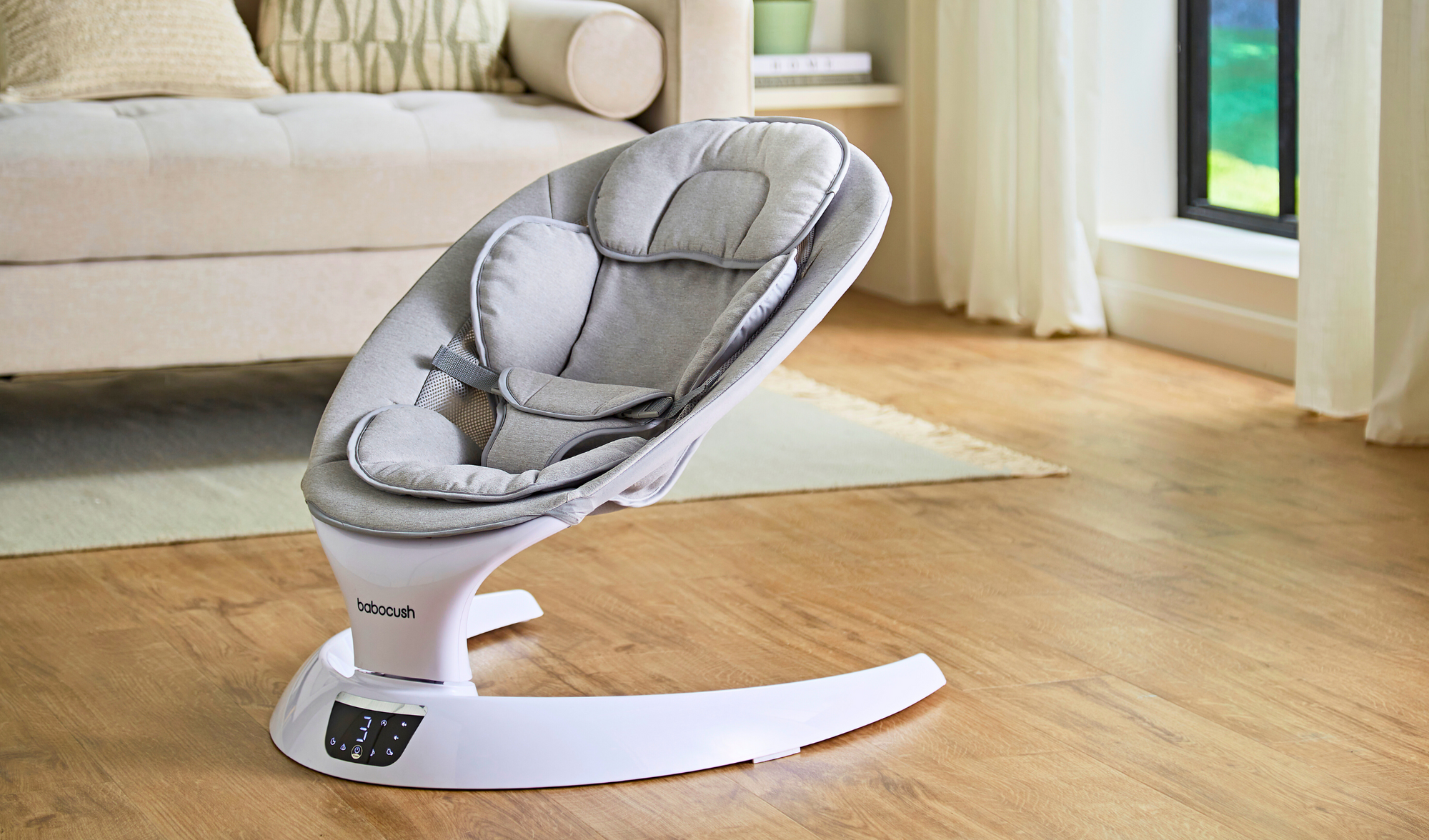All babies cry from time to time, but excessive crying may be a sign that they’re experiencing pain or discomfort. If your infant is distressed or crying intensely, it’s important to consider whether baby colic could be the cause.
What is Baby Colic?
There are differing opinions regarding what constitutes baby colic. Traditionally, colic was thought to be associated with severe and intermittent abdominal pain caused by an obstruction in the intestines or intestinal gas. However, many doctors maintain that colic can be defined as bouts of intense, prolonged fussiness or crying in a baby who is otherwise healthy.
Colic can often be distinguished from baby crying because infants tend to clench their muscles when crying due to colic. Similarly, colic may cause your baby to cry inconsolably and more intensely than usual. Although colic can happen at any time, it frequently happens at around the same time of day or night and may start out of the blue, without any identifiable cause.
What Causes Baby Colic?
There are varying beliefs regarding the cause of baby colic. Some people maintain that the baby’s nervous system is becoming overstimulated whilst it’s still developing, whilst others believe that it’s a natural part of the digestive system developing. Alternatively, acid reflux, GERD and food allergies could be a leading cause of colic in infants.
If colic has a particular cause, such as an intolerance to cow’s milk, identifying it may enable you to resolve their crying. However, in many cases, colic has no identifiable cause. Whilst it can be extremely challenging to console a crying baby with colic, there are ways you can ease your baby’s distress.
Baby Colic Remedies
How you hold your baby can help to ease colic, so it’s certainly worth modifying how you carry your infant. Sometimes known as the ‘colic carry’ or ‘aeroplane hold’, placing your baby on their belly along your forearm can help to soothe them. As your arm will place a light amount of pressure on their stomach, this can help to ease their discomfort.
Using a specialist cushion, like the babocush, is also an effective way to ease the symptoms of baby colic, wind / gas pains and reflux. By mimicking the womb and holding your infant in the best position for colic, it can consistently ease their distress and minimise crying.
Making noise can also help to calm a baby with colic, or it may distract them long enough to break the cycle of crying. As well as playing music and singing to your baby, try adding white noise to the mix. In addition to this, some parents find that the rhythmic sounds of the washing machine or tumble dryer help to soothe babies with colic.
Minimizing environmental stimulation may also help to reduce colic symptoms, so taking them into a calm room may give them – and you –some relief. Whilst the symptoms of colic are common from one baby to another, every infant responds to different remedies, so you may need to try a few until you find the best one for your child.
It's not as easy to calm a baby as it sounds, especially if you're a frazzled parent who is surviving on minimal sleep. If you are struggling, take a look at our blog post 5 Simple Ways To Calm A Crying Baby.


